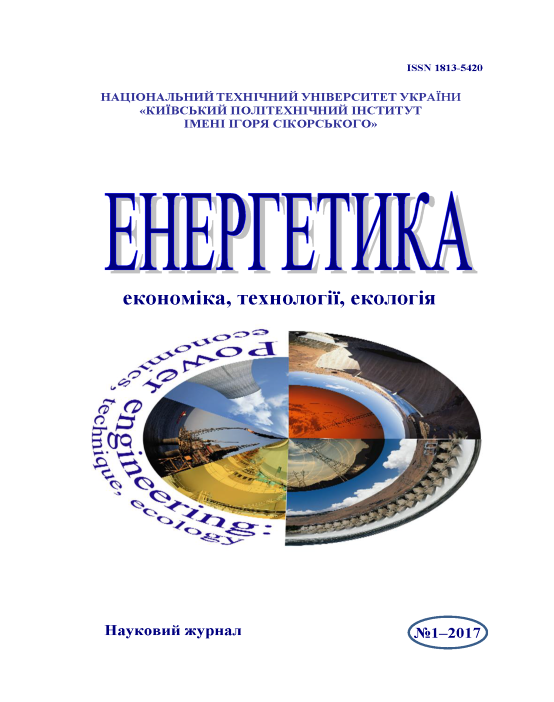FORMING OF VECTOR FIELD OF HAZARDOUS AND HARMFUL PRODUCTION SYSTEM FACTORS
DOI:
https://doi.org/10.20535/1813-5420.1.2017.102802Keywords:
hazardous and harmful factors, manufacturing facility, risks, Ishikawa diagramAbstract
We consider approaches to form affecting dangerous and harmful factors composition. As an object of research we analyzed companies with production of glass and glass products. It is shown that the basis of modern glass technologies is Float method as such as the one which has a number of advantages - high performance and small optical defects formation in glass products, what eliminate the need for additional processing glass. Technology for glass consists of two production cycles – first glass mass technology and second glass products technology. In such technology we identified the following typical manufacturing processes, characterized by the presence of dangerous factors: transportation of raw materials, which is characterized by the influence of noise effects on respiratory aerosols, ergonomic factors impact, industrial injuries; burning and melting, which is characterized by the influence of combustion products, fumes and aerosols feedstock exposure, fire or explosion hazard, infrared radiation molten material influence, electrical injuries, noise impact; manual operations in the production and restoration works and reconstruction, characterized by ergonomic injuries, the influence of aerosols. These factors constitute a factor field of dangerous influences, which contains four groups of factors - mechanical, thermal, electrical and aerosols. It is shown that in addition to hazards that are directly related to the production process, also we have to consider the effect of microclimate of industrial premises. Ishikawa diagram was suggested to determine the key reasons for the influence of these factors on human.References
Гулоян Ю.А. Технология стекла и стеклоизделий/ Гулоян Ю.А. ‒ Владимир: Транзит-Икс, 2003. ‒ 480 с.
Шелби Дж. Структура, свойства и технология стекла/ Шелби Дж.; [перевод с английского Е. Ф. Медведева]. - М.: Мир, 2006. - 288 с.
Чернова А. С. Гигиеническая оценка условий труда и риска нарушений здоровья работающих в современном производстве стеклотары: дис.. ... канд. мед. наук: 14.00.17/ Чернова Анна Сергеевна. - Санкт –Петербург, 2007. – 142 c.
Ткачук К.Н. Механізми побудови системи моніторингу небезпечних та шкідливих факторів виробничих об’єктів/ Ткачук К.Н., Калінчик В.В.// Енергетика: економіка, технології, екологія – 2014. - № 1. – С. 85 – 89.
Downloads
Issue
Section
License
Автори, які публікуються у цьому журналі, погоджуються з наступними умовами:
- Автори залишають за собою право на авторство своєї роботи та передають журналу право першої публікації цієї роботи на умовах ліцензії Creative Commons Attribution License, котра дозволяє іншим особам вільно розповсюджувати опубліковану роботу з обов'язковим посиланням на авторів оригінальної роботи та першу публікацію роботи у цьому журналі.
- Автори мають право укладати самостійні додаткові угоди щодо неексклюзивного розповсюдження роботи у тому вигляді, в якому вона була опублікована цим журналом (наприклад, розміщувати роботу в електронному сховищі установи або публікувати у складі монографії), за умови збереження посилання на першу публікацію роботи у цьому журналі.
- Політика журналу дозволяє і заохочує розміщення авторами в мережі Інтернет (наприклад, у сховищах установ або на особистих веб-сайтах) рукопису роботи, як до подання цього рукопису до редакції, так і під час його редакційного опрацювання, оскільки це сприяє виникненню продуктивної наукової дискусії та позитивно позначається на оперативності та динаміці цитування опублікованої роботи (див. The Effect of Open Access).




